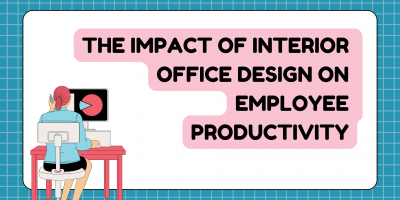
Strategic Leadership Skills and Benefits
Strategic leadership focuses on the “bigger picture,” helping companies benefit in the long run. Learn what skills it takes to get there and why this leadership style is paramount in today’s workplace.

The increasing digitization of the world has made reviews the primary way for customers to gauge a business. Customers rely on reviews to make better-informed decisions, and companies can directly receive feedback and engage. Below you can find customer review statistics that show the importance of positive online reviews.


As seen by the customer reviews statistics above, online reviews are a significant factor in the customer’s decision-making process. Businesses need to embrace and invite customers to leave reviews and implement them in their marketing strategy.
Browse our curated list of vendors to find the best solution for your needs.
Subscribe to our newsletter for the latest trends, expert tips, and workplace insights!

Strategic leadership focuses on the “bigger picture,” helping companies benefit in the long run. Learn what skills it takes to get there and why this leadership style is paramount in today’s workplace.

Value-based connections, hybrid events, expansion of AI, and the metaverse. In the ever-expanding networking realm, here’s what to look out for in 2025.

How does interior office design impact employee productivity, from desk layout to lighting choices?

Stay informed with key identity theft statistics that every employer should be aware of, safeguarding sensitive information and protecting your workforce.
Used by most of the top employee benefits consultants in the US, Shortlister is where you can find, research and select HR and benefits vendors for your clients.
Shortlister helps you reach your ideal prospects. Claim your free account to control your message and receive employer, consultant and health plan leads.